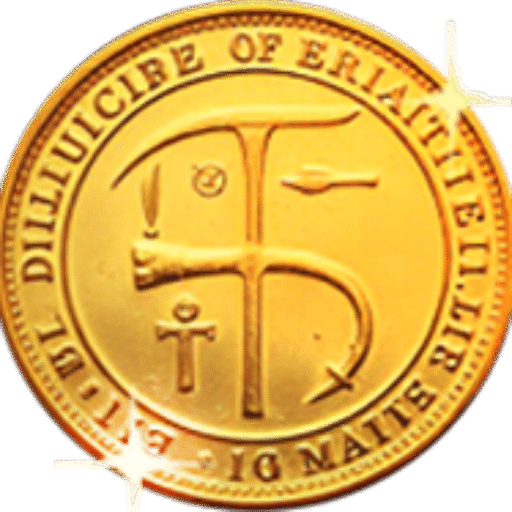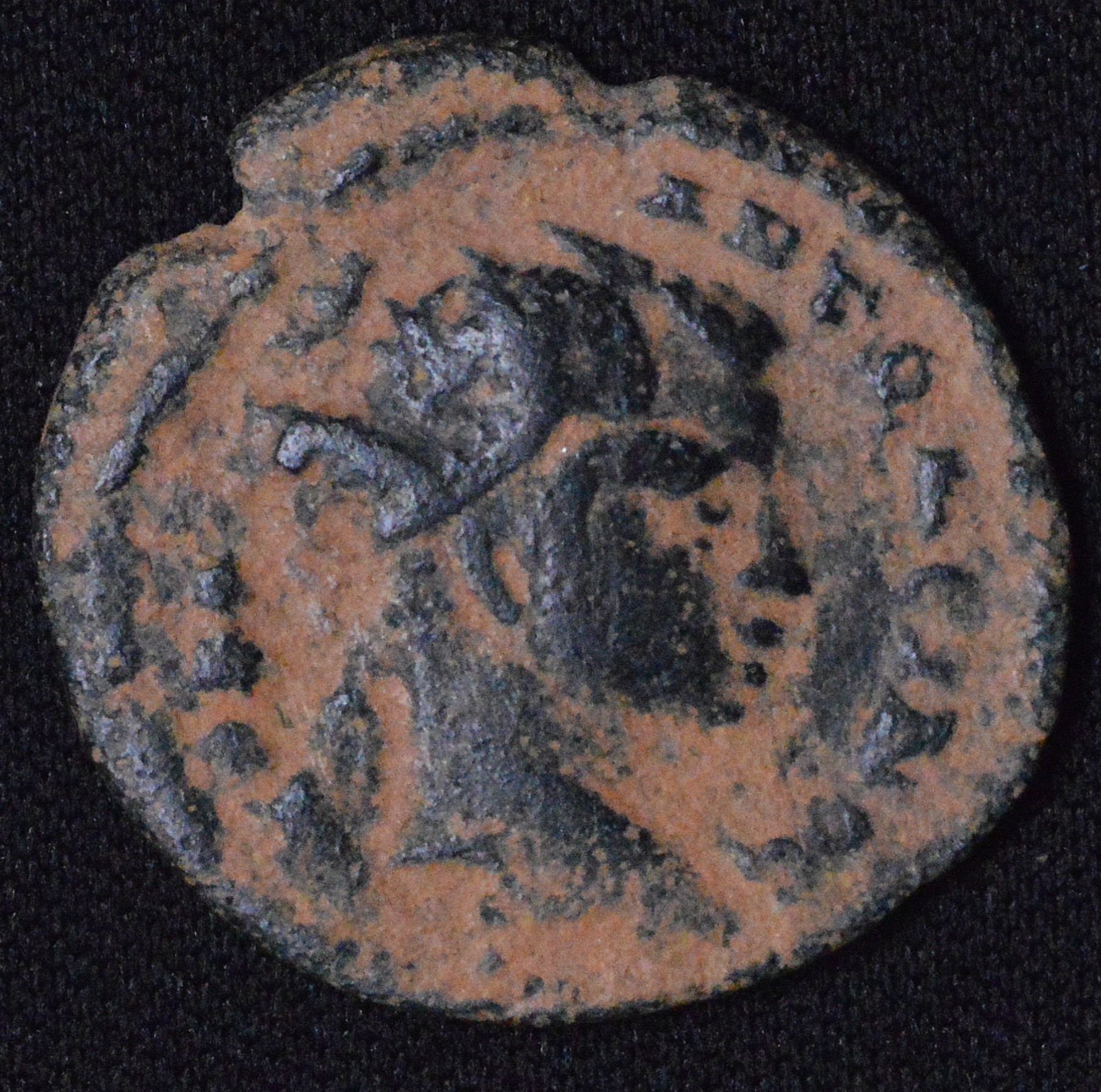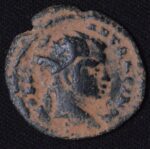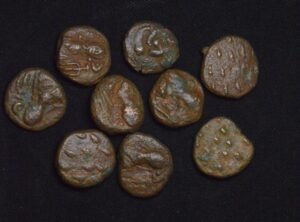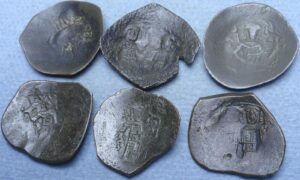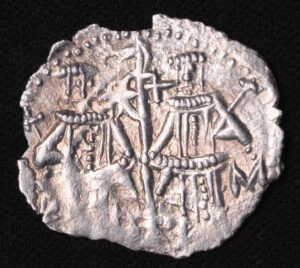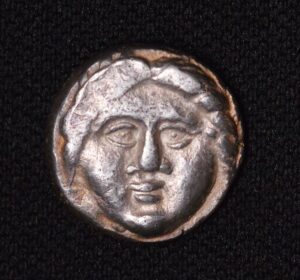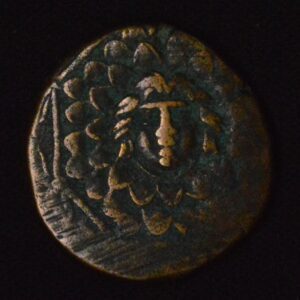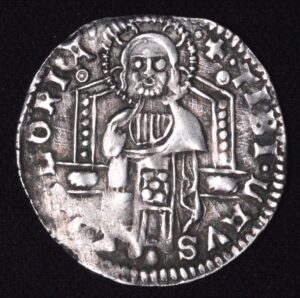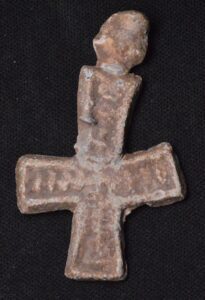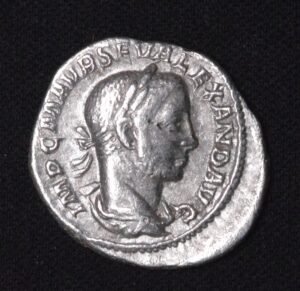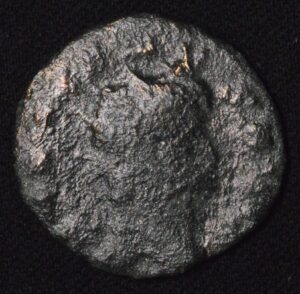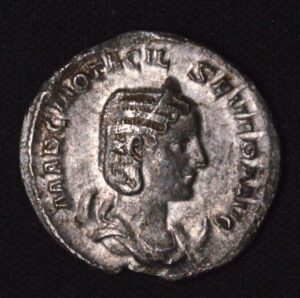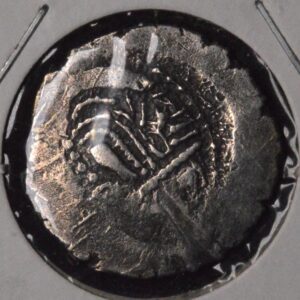Description
The Roman Provincial AE21 coin from Antioch, Syria, struck during the reign of Emperor Elagabalus (218-222 CE), is a beautiful and historically significant example of Roman provincial coinage. This bronze (AE) denomination measures approximately 21mm in diameter and typically weighs around 6.5 grams. Struck at the important eastern mint of Antioch, this coin provides rich insight into the Roman imperial presence in the provinces and the art and culture of the era.
Elagabalus, known formally as Marcus Aurelius Antoninus Augustus, was emperor of Rome for a brief and controversial period. His coins from Antioch often depict rich iconography combining Roman imperial symbolism with local Eastern influences. The obverse usually presents a laureate and draped bust of Elagabalus facing right, showcasing his youthful but authoritative profile. The reverse commonly features deities or personifications, such as Sol or Tyche, reflecting the religious and civic values of Antioch.
This particular coin’s condition is described as beautiful, indicating well-preserved surfaces with clear strike details, attractive patina, and minimal corrosion or wear despite its age of over 1,800 years. Coins from Antioch and this period are prized for their combination of artistic quality and historical relevance. They serve as tangible links to the governance and culture of the Roman Empire’s eastern provinces during a complex and often turbulent period.
Collectors of Roman provincial coins value pieces like this AE21 for their blend of Roman imperial imagery and regional artistic elements. The Antioch mint was one of the empire’s key provincial mints, producing coins that are highly regarded for their craftsmanship. This Elagabalus issue is not only a collectible but also a fascinating artifact for those interested in Roman history, provincial administration, and ancient numismatic art.
In summary, the Roman Provincial Elagabalus AE21 coin from Antioch is a compelling and attractive ancient coin that offers a window into the Roman East during the early 3rd century CE. Its beautiful condition enhances its desirability, making it a prized acquisition for collectors of Roman coins and anyone fascinated by the rich cross-cultural heritage of the Roman Empire’s provinces.
The Roman Provincial AE21 coin from Antioch, Syria, struck during the reign of Emperor Elagabalus (218-222 CE), is a beautiful and historically significant example of Roman provincial coinage. This bronze (AE) denomination measures approximately 21mm in diameter and typically weighs around 6.5 grams. Struck at the important eastern mint of Antioch, this coin provides rich insight into the Roman imperial presence in the provinces and the art and culture of the era.
Elagabalus, known formally as Marcus Aurelius Antoninus Augustus, was emperor of Rome for a brief and controversial period. His coins from Antioch often depict rich iconography combining Roman imperial symbolism with local Eastern influences. The obverse usually presents a laureate and draped bust of Elagabalus facing right, showcasing his youthful but authoritative profile. The reverse commonly features deities or personifications, such as Sol or Tyche, reflecting the religious and civic values of Antioch.
This particular coin’s condition is described as beautiful, indicating well-preserved surfaces with clear strike details, attractive patina, and minimal corrosion or wear despite its age of over 1,800 years. Coins from Antioch and this period are prized for their combination of artistic quality and historical relevance. They serve as tangible links to the governance and culture of the Roman Empire’s eastern provinces during a complex and often turbulent period.
Collectors of Roman provincial coins value pieces like this AE21 for their blend of Roman imperial imagery and regional artistic elements. The Antioch mint was one of the empire’s key provincial mints, producing coins that are highly regarded for their craftsmanship. This Elagabalus issue is not only a collectible but also a fascinating artifact for those interested in Roman history, provincial administration, and ancient numismatic art.
In summary, the Roman Provincial Elagabalus AE21 coin from Antioch is a compelling and attractive ancient coin that offers a window into the Roman East during the early 3rd century CE. Its beautiful condition enhances its desirability, making it a prized acquisition for collectors of Roman coins and anyone fascinated by the rich cross-cultural heritage of the Roman Empire’s provinces.
The Roman Provincial AE21 coin from Antioch, Syria, struck during the reign of Emperor Elagabalus (218-222 CE), is a beautiful and historically significant example of Roman provincial coinage. This bronze (AE) denomination measures approximately 21mm in diameter and typically weighs around 6.5 grams. Struck at the important eastern mint of Antioch, this coin provides rich insight into the Roman imperial presence in the provinces and the art and culture of the era.
Elagabalus, known formally as Marcus Aurelius Antoninus Augustus, was emperor of Rome for a brief and controversial period. His coins from Antioch often depict rich iconography combining Roman imperial symbolism with local Eastern influences. The obverse usually presents a laureate and draped bust of Elagabalus facing right, showcasing his youthful but authoritative profile. The reverse commonly features deities or personifications, such as Sol or Tyche, reflecting the religious and civic values of Antioch.
This particular coin’s condition is described as beautiful, indicating well-preserved surfaces with clear strike details, attractive patina, and minimal corrosion or wear despite its age of over 1,800 years. Coins from Antioch and this period are prized for their combination of artistic quality and historical relevance. They serve as tangible links to the governance and culture of the Roman Empire’s eastern provinces during a complex and often turbulent period.
Collectors of Roman provincial coins value pieces like this AE21 for their blend of Roman imperial imagery and regional artistic elements. The Antioch mint was one of the empire’s key provincial mints, producing coins that are highly regarded for their craftsmanship. This Elagabalus issue is not only a collectible but also a fascinating artifact for those interested in Roman history, provincial administration, and ancient numismatic art.
In summary, the Roman Provincial Elagabalus AE21 coin from Antioch is a compelling and attractive ancient coin that offers a window into the Roman East during the early 3rd century CE. Its beautiful condition enhances its desirability, making it a prized acquisition for collectors of Roman coins and anyone fascinated by the rich cross-cultural heritage of the Roman Empire’s provinces.
CUSTOMER FEEDBACK




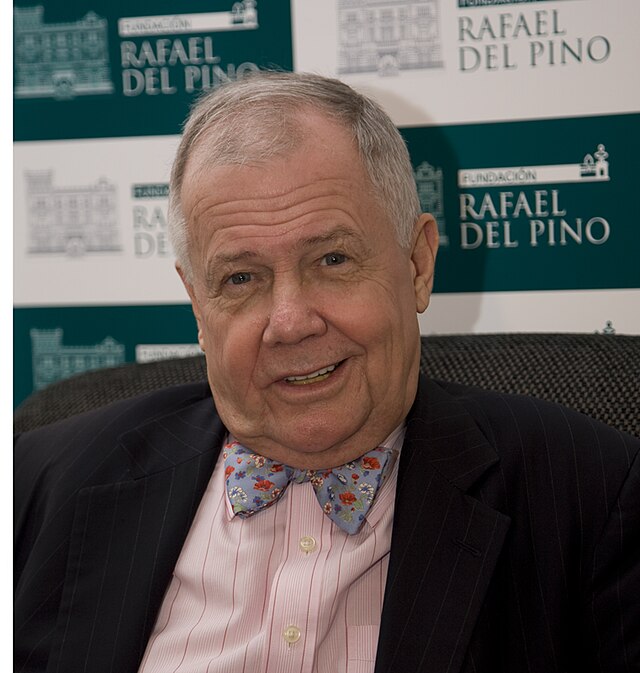



Related Products & Newly Released!
-
$30.00
-
$300.00
-
$110.00
-
$69.00




SHIPPING POLICY
Your order is shipped from the United States with USPS tracking within one business day.
14 Day Return Policy
You can return your item back within
14 days of the purchase

Secure payments
Your payments are 100% secure and are processed through Square or PayPal on a protected security network.
SHIPPING POLICY
FREE International and Domestic (United States) shipping. Your order is shipped with USPS tracking 24 hours after you order.
14 Day Return Policy
You can return your item back within
14 days of the purchase

Secure payments
Your payments are 100% secure and are processed through Square or PayPal on a protected security network.
RESOURCES
support
Get Fresh Articles!
Sign up now to receive our articles for the latest insights and promotions!
RESOURCES
support
Get Fresh Articles!
Signup our newsletter to get update insight or promotions.

